| Plant Habit: | Tree |
| Life cycle: | Perennial |
| Sun Requirements: | Full Sun Full Sun to Partial Shade Partial or Dappled Shade |
| Water Preferences: | Mesic |
| Soil pH Preferences: | Neutral (6.6 – 7.3) Slightly alkaline (7.4 – 7.8) |
| Minimum cold hardiness: | Zone 4a -34.4 °C (-30 °F) to -31.7 °C (-25 °F) |
| Maximum recommended zone: | Zone 10b |
| Plant Height: | 20 - 60 feet |
| Plant Spread: | 20 - 40 feet |
| Leaves: | Deciduous |
| Fruit: | Showy Edible to birds |
| Fruiting Time: | Summer Other: June-July |
| Flowers: | Inconspicuous Blooms on old wood |
| Flower Color: | Other: yellow-green |
| Bloom Size: | Under 1" |
| Flower Time: | Spring |
| Underground structures: | Taproot |
| Suitable Locations: | Street Tree Espalier |
| Uses: | Erosion control Guardian plant Shade Tree Will Naturalize |
| Edible Parts: | Fruit |
| Wildlife Attractant: | Bees Birds Butterflies |
| Resistances: | Drought tolerant |
| Propagation: Seeds: | Self fertile Stratify seeds: 60 days at 41 degrees F |
| Propagation: Other methods: | Cuttings: Stem |
| Containers: | Not suitable for containers |
| Miscellaneous: | Dioecious |
| Conservation status: | Endangered (EN) |
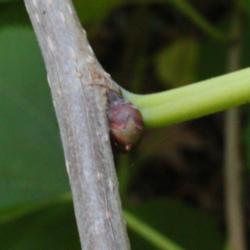

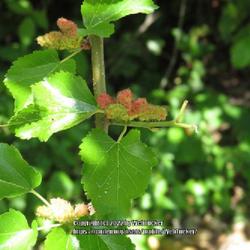
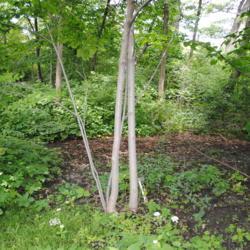

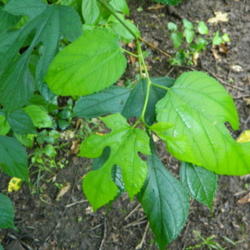
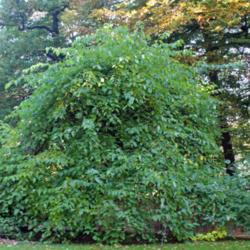

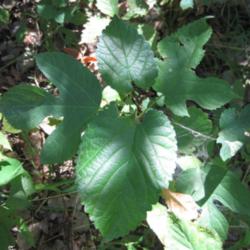
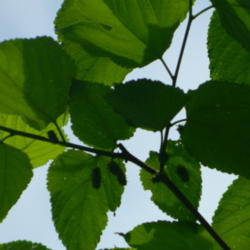
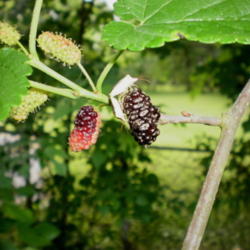
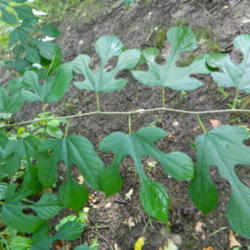

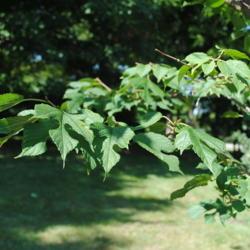
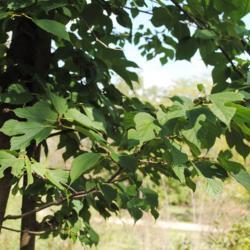
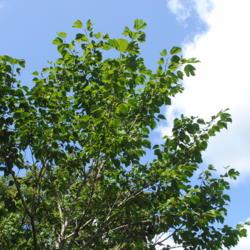
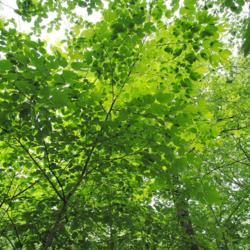
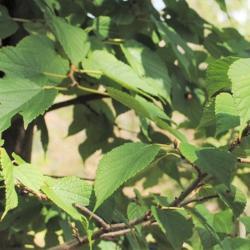

| WebTucker | On May 4, 2022 | Fruit Ripened |